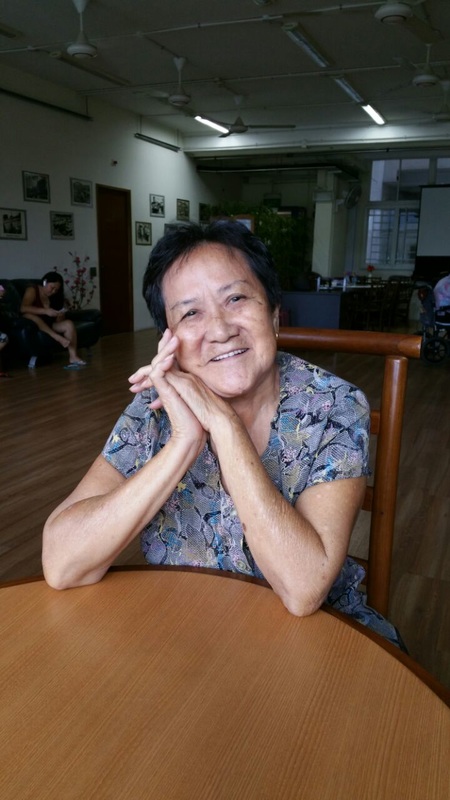|
Lor mee was Kim Hiang’s specialty. She used to sell it in the Kallang Airport hawker centre for 20 cents to 30 cents a bowl. Reiterating how tough it was, she shared that she would have to get up at 5 every morning, seven days a week, to cook the soup and then deliver it to the hawker centre by 6am. Using a tricycle, she would send the soup to the centre from her home which took about 15 minutes. Everything was prepared at home, unlike today.
Once at the hawker centre, she would have to arrange everything and be ready as some people came for breakfast as early as 6.45am. Sharing some of the ingredients she put in her lor mee soup, Kim Hiang, 78, listed ikan bilis, egg and pork ribs. “The soup now is different and the traditional taste is gone,” said the mother of five, grandmother of 10 and great-grandmother of two. She also made sure to top off her lor mee with a pinch of fried fish, which she said is not done today. Her last bowl would be served at noon or 1pm. After closing, she would start to cut the chillies and garlic. She would also fry the fish and start making the soup. She usually heads to bed at 9pm. “There were not a lot of customers as people were quite poor then,” she explained. She wasn’t the only one working in the family, as her husband was a garbage truck driver. After 10 years selling lor mee, Kim Hiang quit and went on to sell bread from a bakery shop by going door-to-door at housing estates. The largest loaf of bread would earn her 18 cents, however, sometimes small families would only buy a few slices. It was important for her to work as she wanted to send her son to university. For eight years, she continued to sell bread, without a license. She started at 6pm and finished at 9pm, using her own trolley to store the loaves and dragging it around. |
|
|

